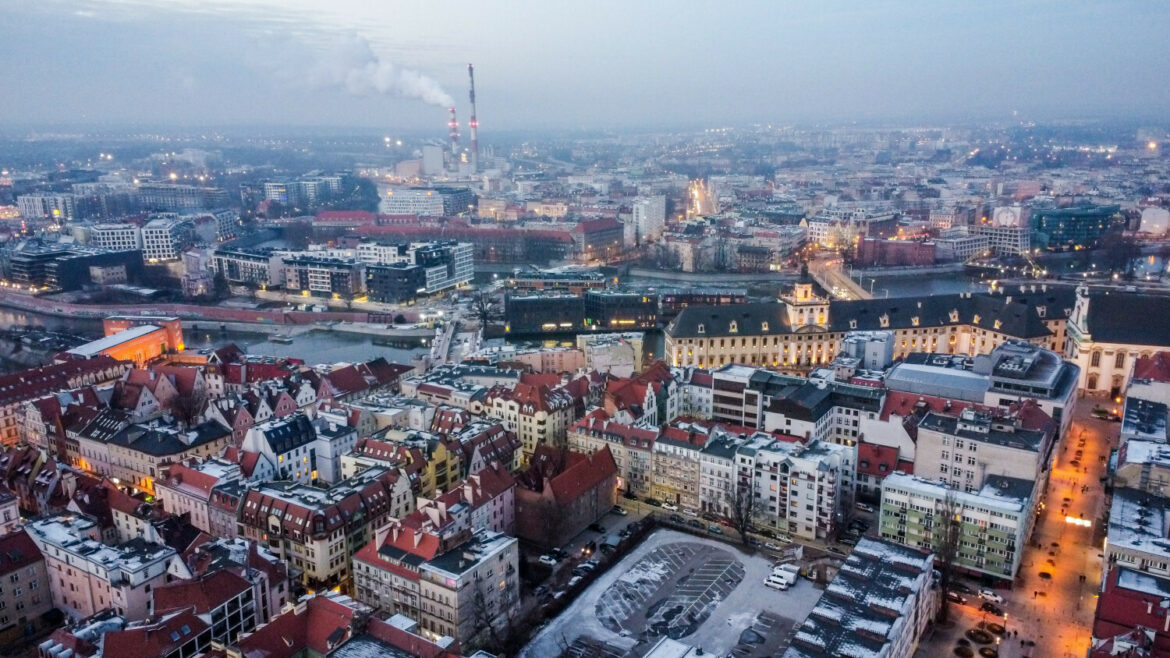Poland’s largest heat pump will provide Wrocław residents with heat from… sewage. Once operational in 2024, it will be the first element of a modern district heating system in Wrocław, supplying up to 5 % of the annual demand of the city’s district heating customers.
The project is being carried out by the international energy company Fortum in cooperation with the Municipal Water and Sewage Company in Wrocław. The cost of the installation, expected to be started at the beginning of 2023, is PLN 82 million.
“We are starting an investment in the largest system heat pump in Poland. The new source will power the district heating network in Wrocław. This is the first step towards greening heat for the city. The investment involves the construction of a 12.5 MW heat pump along with the necessary accompanying infrastructure, which will make it possible to obtain ecological heat from municipal and rainwater sewage, mainly from the central and southern parts of Wrocław”, says Fortum CEO Piotr Górnik.
Thanks to the investment, it will be possible to reduce the production of thermal energy using coal by 364,000 GJ per year. This will avoid the emission of almost 35,000 tonnes of CO2 and other harmful substances every year.
“The heat pump project in Wrocław is the first renewable source in the city’s district heating system and, at the same time, the beginning of a move away from coal in the generation of heat for the people of Wrocław. The increasing number of residents connecting to district heating is an effective way of combating smog, and each ecological heat source in the network makes Wrocław’s district heating system even more environmentally friendly”, says Deputy Mayor of Wrocław Jakub Mazur.
Wrompa, the Wrocław pump, will be installed on the premises of the Port South sewage pumping station. Similar system heat pump installations operate in Norway and Finland.
Arkadiusz Słomczyński





